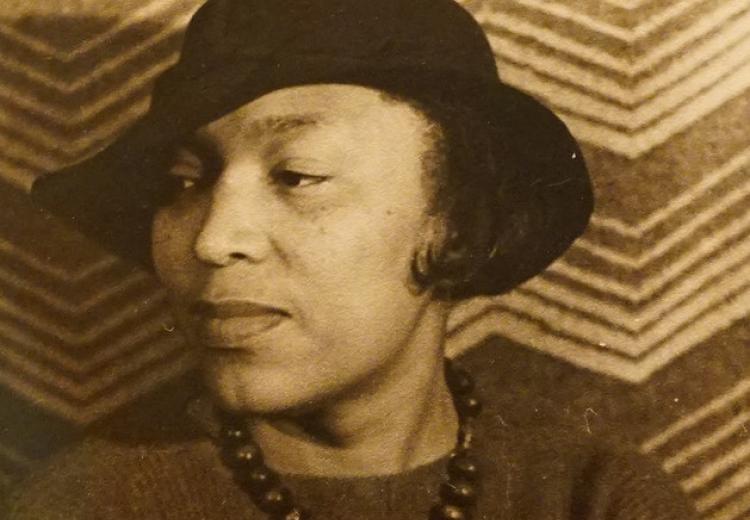Their Eyes Were Watching God: Folk Speech and Figurative Language

Portrait of Zora Neale Hurston by Carl Van Vechten, photographer.
"Ships at a distance have every man’s wish on board. For some they come in with the tide. For others they sail forever on the horizon, never out of sight, never landing until the Watcher turns his eyes away in resignation, his dreams mocked to death by Time. That is the life of men.
Now, women forget all those things they don’t want to remember and remember everything they don’t want to forget. The dream is the truth. Then they act and do things accordingly."
― Zora Neale Hurston, Their Eyes Were Watching God
For sixteen-year-old Janie, living with her grandmother in rural Florida near the turn of the 20th century, the horizon seems limited indeed. At first she is pushed against her wishes into marrying a much older farmer, and then she finds herself in a lengthy but ultimately dreary marriage to an ambitious and successful businessman. Then there is the charming Tea Cake, a much younger man who knows how to enjoy each day and breezes into Janie’s life, changing her forever. Hurston’s masterwork, Their Eyes Were Watching God; however, is more than simply the story of a woman finding herself and extending her horizons.
A careful record of place and time, this novel brings to life the culture of the first African American-controlled town in Florida and the settlement of black migrant workers in the rich agricultural “muck” around Lake Okeechobee in the early decades of the 20th century. A trained anthropologist and ethnographer, Hurston imbued her characters’ dialogue and descriptive passages with firsthand knowledge of the folk life and folk language of this region.
This lesson provides students with an opportunity to observe how Hurston creates a unique literary voice by combining folklore, folk language, and traditional literary techniques. Students will examine the role that folk groups play in their own lives and in the novel. They will undertake a close reading of passages in Their Eyes Were Watching God that reveal Hurston’s literary techniques and determine their impact on the novel.
Guiding Questions
How did Zora Neale Hurston integrate folk life, folk speech, and figurative language into her fiction to create a distinctive “voice” that captures the culture of an African American community in the 1920s and 1930s?
Learning Objectives
Analyze and understand the role of traditional folkways and folk language in the overall literary impact of the novel.
Examine figurative language literary techniques like personification, symbolism, repetition, and define eye dialect to determine how Hurston creates a distinctive voice in the novel.
Demonstrate an understanding of figurative language, word relationships, and nuances in word meanings.
Provide specific textual evidence to support generalizations about the novel’s uses of language.
